01730 622544
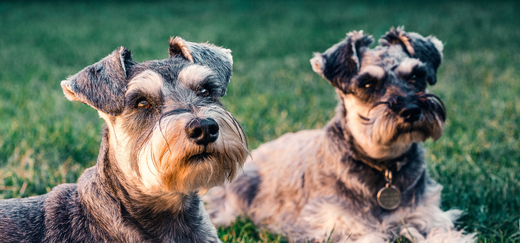
I Don’t Want My Dog To Have Cruciate Ligament Knee Surgery (TPLO Surgery). What Are The Alternative Treatments?
Many dog owners choose not to have cruciate ligament knee surgery or TPLO surgery.
Common Reasons For No TPLO Surgery
- Maybe your dog is too old
- You don’t want to risk the surgery
- Your dog has a secondary condition
- You would prefer the non-surgical route
- Surgery is too expensive and/or you don’t have insurance
- Your vet has recommended non-surgical management
- Your dog is unlikely to make a good recovery due to being unfit or overweight

Conservative Treatment Options: Non-Surgery
There are several treatment options available if your dog has a cruciate ligament injury and either you or your vet does not want them to have surgery. Non-surgical management includes:
- Rest
- Restricted activity
- Anti-inflammatory medications
- A knee brace
- Physiotherapy
- Hydrotherapy
- Laser
- Weight management
Wearing a knee leg brace can stabilise the knee joint and prevent excessive movement and rotation of the joint, which can help give the ligament a chance to heal. However in the case of a fully ruptured ligament, a brace alone is will not repair the damage.

Watch this YouTube video of Titus the husky, making a full recovery without surgery by using a custom knee brace and rehabilitation: https://www.youtube.com/watch?v=fPQGUOzm0w0
- Titus had one cruciate injury when he was 5 years old
- 5 years later, the other cruciate knee became injured (either a bad partial tear or complete rupture)
- The owners decided to get two custom braces. The first to support the first knee so that it didn’t become weak when taking the weight of the new injury, and the second brace for the newly ruptured knee
- When the owner put the brace on, Titus was immediately able to increase his weight bearing

Watch Titus’s hydrotherapy and physiotherapy here: https://www.youtube.com/watch?v=IiCjrNEVWMw
- Hydrotherapy helped Titus build up the muscle which he had lost, so the increased muscle took the weight off the joint
- Physiotherapy got Titus to start putting more weight on his back leg, building up his balance again


Alternatively, a dog wheelchair can be used to rehabilitate the knee injury, by reducing the load on the limb and helping to immobilise the injury. For dogs with a fully ruptured ligament, who can’t have surgery, wheelchairs help maintain mobility and preserve muscle mass. They also provide mental stimulation and exercise, both of which are a vital part of your dog’s recovery.
It is important to discuss treatment options with your vet to find the best option for your dog.
Titus uses a Custom Dog Knee Brace here

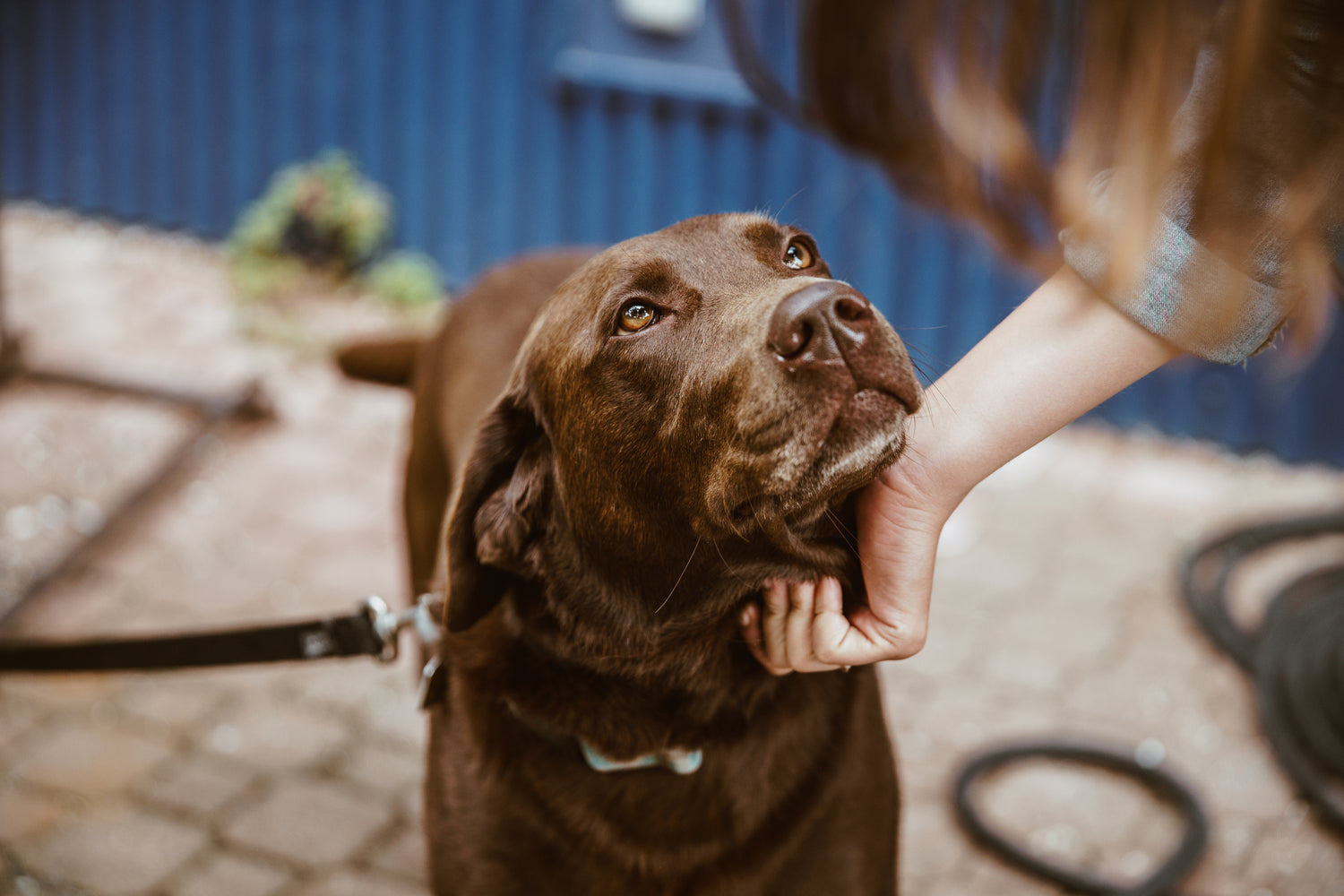
Looking for help with your dog?
We can help find the right solution for your dog
Feel free to give us a call on 01730 622544
or email us at woof@zoomadog.co.uk



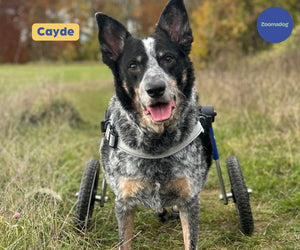
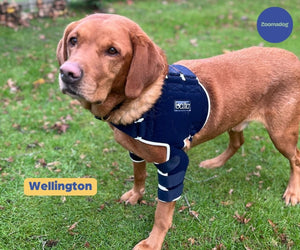
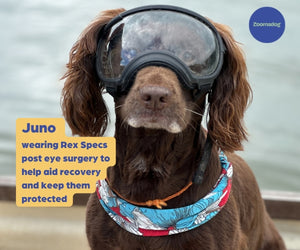

Leave a comment